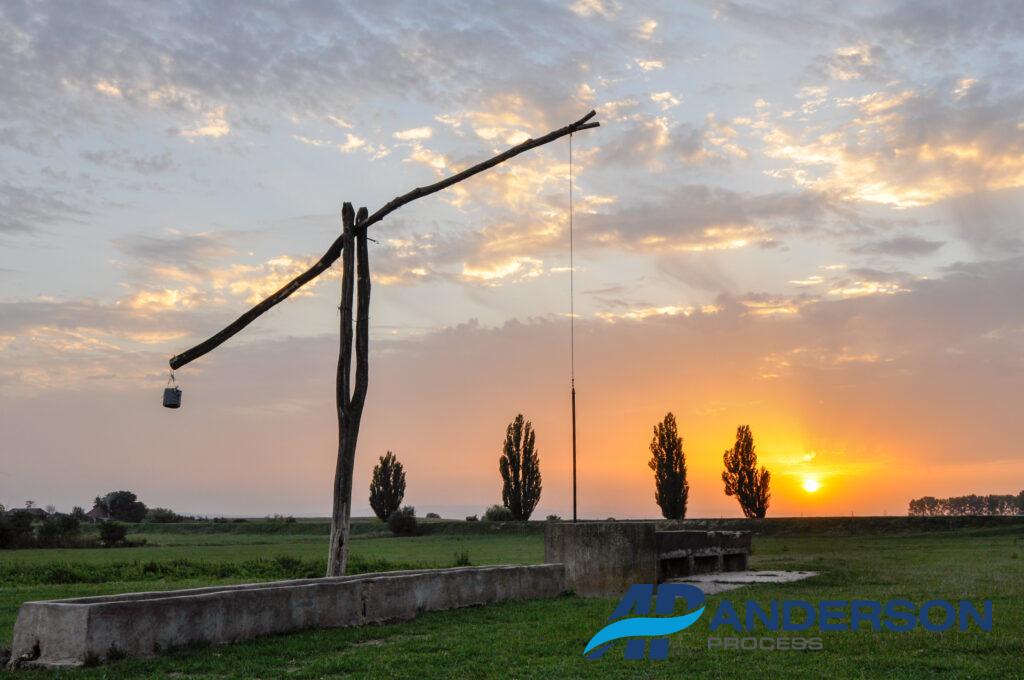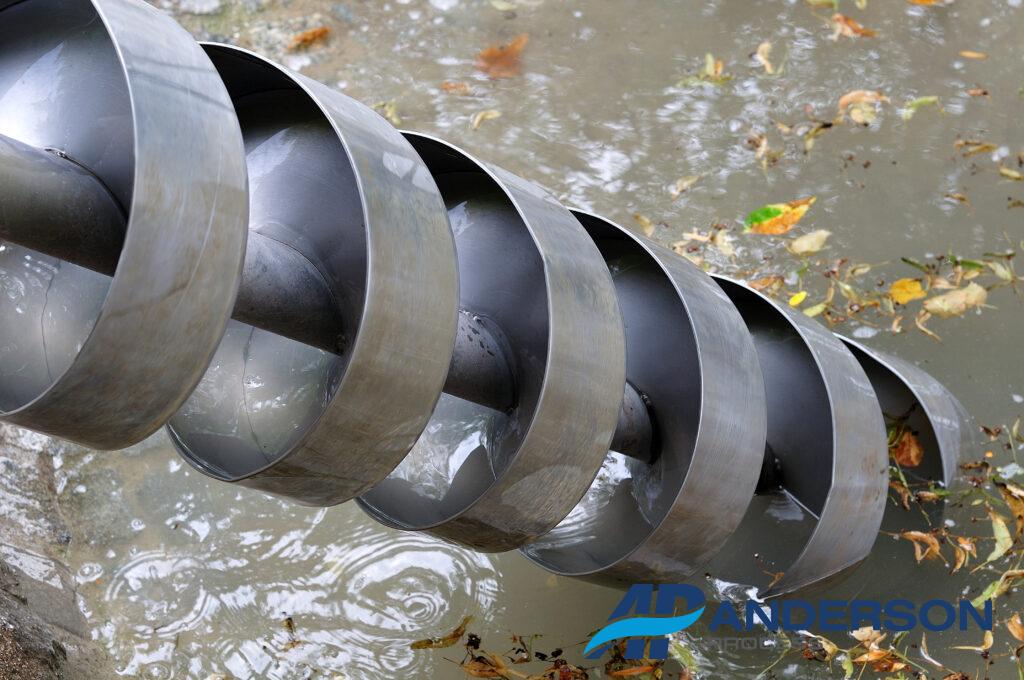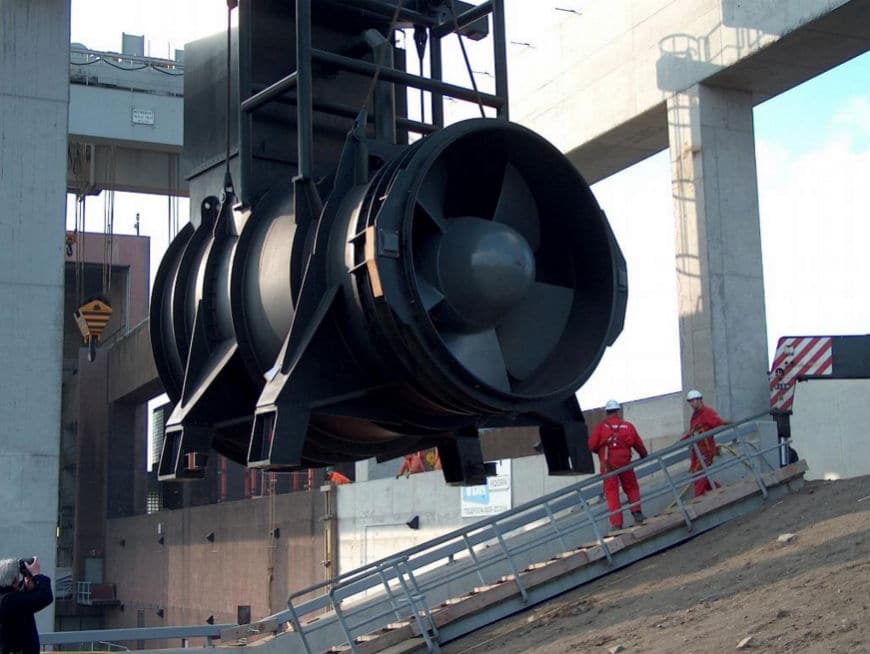Many people may not realize it, but fluid pumps play an important role in our daily lives. They have a long history and can be attributed to many modern advancements that we take for granted today. With that in mind, let’s take a look at some fun facts about pumps that most people might not know.
- Pumps Are Everywhere.
Pumps exist in the majority of industries, homes, and municipalities and account for 10% of total power consumption across the world. The sump pump that keeps your household basement dry, the fuel pump at a gas station, and the water pump that drains your washing machine are just a few common examples of everyday pumps that are often overlooked. Pump duties can range from basic water drainage and treatment to advanced dosing of hazardous mediums in manufacturing processes. Certain industries like chemical manufacturing have more pumps than they do employees – an estimated 1.25 pumps for every employee in the industry!
- Energy-efficient Pumps can Help Change the World.
Going green? With the sheer number of electrical pumps in operation today, switching to more energy-efficient models would have a drastic impact on overall energy consumption. If all of the pumps were switched to energy-efficient models, global electrical consumption would reduce by 4%.
Looking for energy-efficient pump models to help improve energy consumption and your bottom line? Check out Gould’s Water Technology (a Xylem Brand) and Gusher Pumps energy-efficient options.
- Basic Pump Concepts are Old… Very Old.
The origins of pumps can be traced back all the way to 2000 BC with the invention of the shaduf, a primitive and semi-manual apparatus used for raising water levels. The unit used counter-weights to assist operators in lowering containers to a lower water level, and then hoisting them up to drain into a higher water level.

In 200 BC, the ancient inventor Archmiedes designed the first screw pump, of which the basic concept is still used to this day for certain industrial and agricultural applications. The Archimedean Screw was turned by hand and transported water from a lower basin up towards the handle as it rotated:

- Standard Centrifugal Pumps Don’t Suck.
Standard centrifugal pumps do not “suck” fluids. It’s a common misconception that all pumps can reach out and pull fluid into the suction, but the energy needed to get the fluid to the pump is usually created by natural forces like gravity or atmospheric pressure. The internal operations of pumps can keep fluid moving from intake to discharge points, but it is not suction in its true sense. This is why many centrifugal pumps are submerged in the liquid they are pumping, and why certain models need to be “primed” before running effectively.
There is an exception when it comes to self-priming centrifugal pumps. A self-priming centrifugal pump overcomes the problem of air binding by mixing air with liquids to create a fluid with pumping properties much like those of regular liquids. The pump then gets rid of the air and moves liquid only, just like a standard centrifugal pump. Learn more about self-priming centrifugal pump models HERE.
- Centrifugal Pumps are Not a Two-Way Street
Running centrifugal pumps backwards will not reverse the flow direction. One might think that simply reversing the moving components would create the same flow in the opposite direction, but it actually just makes the pump more inefficient while running in the same direction. Flow and head will be reduced, it will run noisier than normal, and it can cause several problems when operating this way for extended periods of time. Running ANSI pumps backward, for example, can unscrew the impeller and get it lodged in the casing.
- Pumps Can Be Small Enough to Fit Inside the Human Body
The world’s smallest pumps feature nanotechnology and can hardly be seen by the human eye. They are used in the medical field where they can be placed inside the human body to pump medication or assist with blood flow. The Impella ECP is only 3mm in diameter and can be installed in the heart to improve circulation in patients with narrowing of coronary arteries. (See what it looks like HERE)
- The Largest Pump in Operation Can Fill your Swimming Pool in 1.5 Seconds
The world’s largest pump was custom built by Pentair for the pumping station Ijmuiden in the Netherlands. Roughly 1/3 of the Netherlands is below sea level, with the lowest point being 20ft below sea level. Because of the landscape they are at high-risk for flooding in the region. This pump is part of the largest pumping station in Europe which helps control water levels feeding in from the North Sea.
To give an idea of its scale and power, the pump has a capacity of 60,000 liters/second, and requires 5,364 horsepower to operate at this level. It could fill your backyard swimming pool in 1.5 seconds, and an Olympic-sized pool in less than a minute.

Photo credit: Ijmuiden Pumping Station
